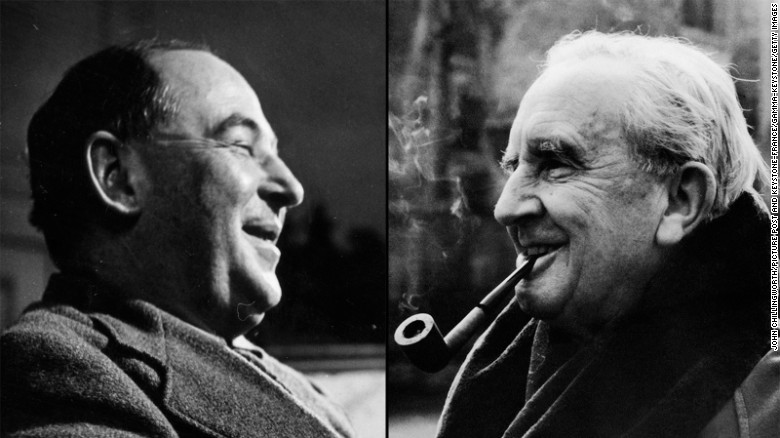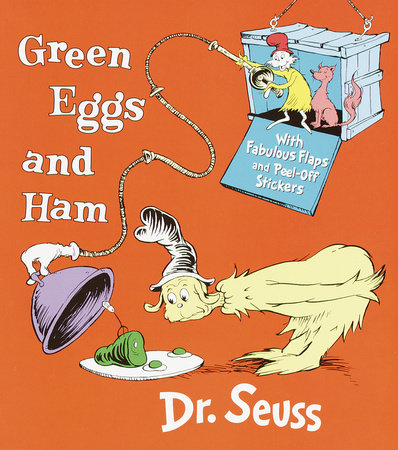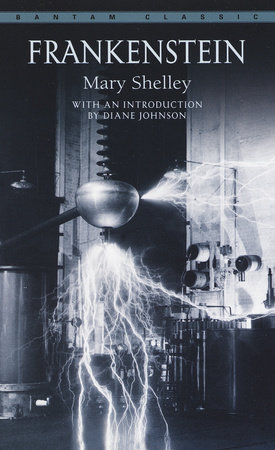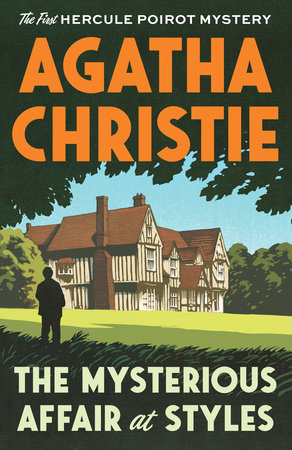Reading Lists
10 Books That Were Written on a Bet
These unforgettable books and stories wouldn’t have existed without a wager

John Steinbeck once said, “The profession of book writing makes horse racing seem like a solid, stable business.” There’s no doubt about it — writing is a gamble, and all authors, even the legends, are occasionally seized by a paralyzing fear about whether and how their work will turn out. But over the course of literary history, some writers have found that doubling down on that uncertainty was just the thing they needed to get the creative juices flowing. A little doubt, a little pride on the line, maybe some money, too — that’s the kind of motivation authors need every now and again. In fact, some of our best-loved authors were known to make good on a wager, from Dostoevsky to Hemingway to Agatha Christie. There’s a lesson to be learned here for writers suffering from creative roadblocks and shortage of motivation: sometimes all it takes is a close friend telling you that you can’t do something to make you realize you can — and dammit you will.
Ranging from six words to hundreds of pages, these works attest to the impressive dedication of writers refusing to turn down any challenge, never mind cold hard cash. So, next time you’re in need of a prompt, head to the track, and tell Steinbeck to pipe down and take a flyer on the filly to show.
Green Eggs and Ham by Dr. Seuss
“I’ll bet you $50 that you can’t write a book using only 50 words,” Seuss’s publisher Bennett Cerf once said to him. And the rest is history…Little did Cerf know, it probably wasn’t a smart wager to challenge one of literature’s most iconic wordsmiths. As expected, Seuss — a power not be underestimated — won the bet, and Green Eggs and Ham was born. And the author became $50 richer! (There may have been some residual income…)
Frankenstein by Mary Shelley
On one fateful summer day in 1816, the idea for Frankenstein was given life, all thanks to a bet. With lightning flashing in in the background and the candleight flickering, Mary Shelley was at the Villa Diodati near Lake Geneva when Lord Byron suggested that those present should endeavor to write frightening ghost stories. What was initially a fun few hours during a storm resulted in Shelley’s romantic, gothic classic. Clearly affected by the ambiance and discussions of that night, Frankenstein was published a year after.
Precaution by James Fenimore Cooper
What’s one way to encourage your unemployed husband to find work? Make a bet with him to write a book! In 1820, Cooper was reading aloud to his wife from an English novel, but finding it dull, he threw it aside and declared, “I could write a better book than that myself.” Cooper’s wife Susan challenged him to do just that. The result was the first of Cooper’s many novels: Precaution. Written in imitation of well-known English novels, it’s positive reception made Cooper realize his potential as a writer capable of delving into topics uniquely American.
The Gambler by Fyodor Dostoyevsky
We can’t help but think that Dostoyevsky was referring to himself in the title of this novel. Ironically enough, the prolific Russian writer used the writing of this book to dig his way out of some steep gambling debts. The terms of the wager were that if he didn’t finish the novel within a few months, he would have to hand over the publishing rights and royalties for all of his other novels — which as you can imagine, is a lot. Thankfully, Dostoyevsky completed the book in time, appropriately reflecting the dangers of compulsive gambling.

J.R.R Tolkien and C.S. Lewis
The iconic friendship between these two authors is the gift that keeps on giving. Legend has it that they made a bet that they would try writing in a new genre. With a simple flip of a coin, it was determined that Lewis would write a space-travel story, while Tolkien would have a go at time-travel. Lewis was successful in his attempt, creating his space trilogy: Out of the Silent Planet, Perelandra, and That Hideous Strength. Tolkien, on the other hand, wrote that his effort “ran dry,” leaving Lewis the winner of their hefty bet.
The Mysterious Affair at Styles by Agatha Christie
We have Agatha Christie’s sister Madge to thank for the mystery novel that started it all. It was written on a bet that the now-legendary mystery maven couldn’t write a novel in which the reader would be unable to spot the murderer, despite having access to the same clues as the detective. Christie began writing the novel when she was volunteering in Torquay hospital dispensary during WWI. Naturally, her exposure to medicines of all sorts, made poison the murder weapon of choice for her first book. The manuscript was accepted after rejections from six publishers. All we have to say is: Thanks, Madge!

“For Sale: baby shoes, never worn.”
In what has been described as a six-word novel, “For Sale: baby shoes. Never worn” is an extreme example of what we now might call “flash fiction.” Some have called it apocryphal, but the legend goes that Hemingway was part of a bet to see who could write a complete story in six words. And, true to form, the victorious Hemingway supposedly went around the table collecting his ten dollars from each and every writer who was not as brave or succinct as he.
The Eaters of the Dead by Michael Crichton
This 1976 Michael Crichton novel about a 10th-century Muslim Arab who travels with a group of Vikings to their settlement has its origins in a bet with his friend that he couldn’t make an entertaining story out of Beowulf. A few mist-monsters, soothsayers, and vicious savages later, you can guess who won that wager.
Inherit the Stars by James P. Hogan
What else are you supposed to do when you’re stuck in a cubicle on your computer all day except make office bets? James P. Hogan did just that when his complaints about the ending of 2001: A Space Odyssey finally drove his coworkers to tell him to write a better one, if he thought he could do it. Accepting the challenge, Hogan and his coworkers bet about whether he could get it published. Needless to say, his days of computer sales were over and he began his new career as a hard sci-fi writer. (Better than 2001? Your call.)
Catacombs of Terror! by Stanley Donwood
This noir crime-thriller set in Bath, England was written as a result of bet between Donwood and his publisher at the time, Ambrose Blimfield. Sitting in a pub in the early 2000s, Blimfield told Donwood that he would publish his 150,000 novel if he wrote it in a month’s time — and he threw in a five quid wager for good measure. If Donwood was unable to deliver, Blimfield would have to go back to publishing local poets. As is often the case with writers, Stanley’s precarious finances dictated his decision, and he accepted the challenge. Writing at any and all times of the day, Donwood had two days to spare by the time he completed his pulp novel.
















